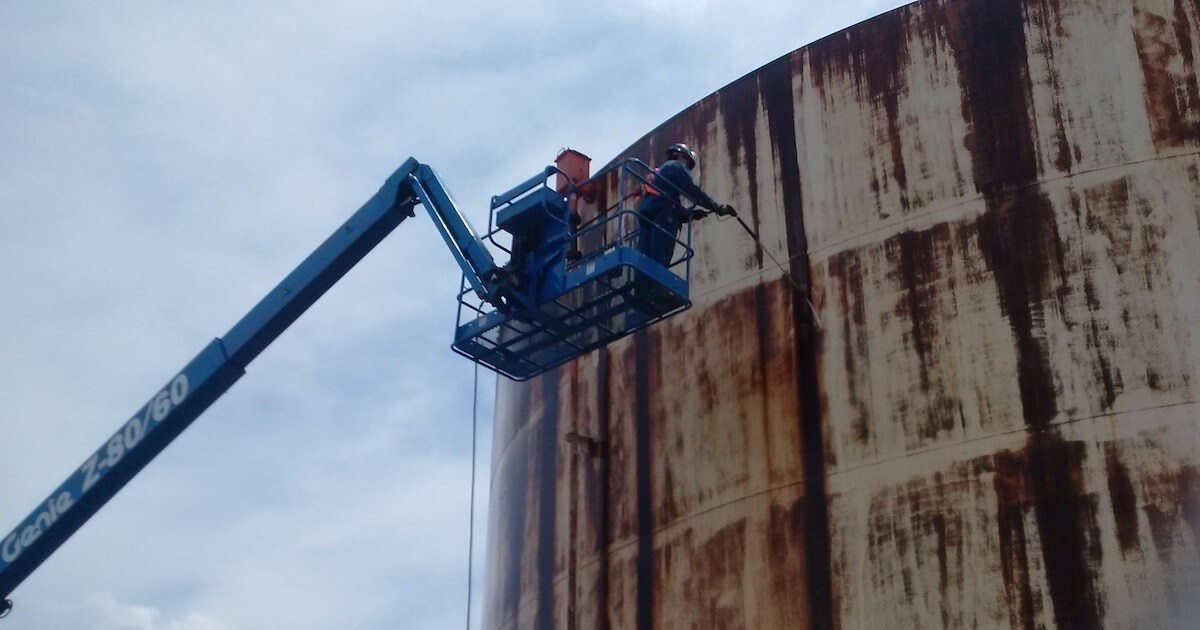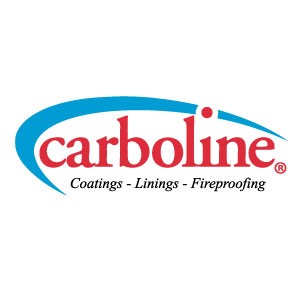
Many of the challenges that are faced within the industrial coatings industry are a result of ever-evolving environmental conditions. Every field environment is unique to its specific industry and location. For example, a water tower with a lead-containing coating that is located in a suburban neighborhood would have very different requirements compared to process piping in a refinery.
Yet, asset owners and contractors face similar challenges and cost considerations in both environments. Blasting and painting assets within city limits require containment, cleanup and possibly lead abatement procedures to ensure the safety of the surrounding population. The same is true in a refinery, where protection is necessary for rotating equipment and drains. You may even need to obtain special permits, such as hot work permits.
Fortunately, there is a solution that can help mitigate the asset owner's overall investment for these project types, while still ensuring safety for the contractor: overcoating. The process of applying an additional protective coating over an existing coating, overcoating can offer significant time and cost savings—but it cannot be used in every situation.
In this article, we will discuss some of the main advantages and disadvantages of overcoating, and whether it makes sense to use it as a solution for your next coatings project.
The advantages of overcoating
1. Overcoating requires minimal surface preparation and cleanup
Have you ever worked in a facility that needed a facelift due to a coating that was weathering away? Was there anything wrong with the coating other than its aging? For example, maybe this facility was recently bought out, and the new owners wanted to change the color to match the company's other facilities.
Regardless of the reason at play, completely removing an existing coating and recoating an entire facility is often not a practical option due to the significant time and costs involved. In a case like this, overcoating is often the perfect solution to this problem.
Many high-performance coatings require minimal surface preparation before overcoating, which in turn saves considerable time. This is especially true for coatings with excellent wetting abilities, such as Rustbond. These cross-linked, penetrating coatings wet-out and bond to the weathered, pre-existing coating and prepared corroded areas—ultimately creating a barrier that acts as a tie-coat over which you can apply a topcoat.
Surface preparation can also cause downtime for hot work permits if extensive surface preparation by power tools or abrasive blasting is required. Since overcoating only requires a clean, dry substrate, there is typically less downtime, allowing for more application time throughout the day.
2. Overcoating generates cost savings for application
Remember our above example of the elevated water tower with a pre-existing, lead-based coating? Rather than removing that existing coating, it could instead be pressure washed and overcoated. This method would save significant costs related to lead abatement, such as mobile shower units, containment, cleanup and disposal.
Since overcoating reduces the time needed for surface preparation and cleanup, it ultimately decreases the overall cost for the application. This allows for the completion of more maintenance work, given that the price per square foot is lower. Additionally, since many of the high-performance coatings on the market are high in solids by volume, they can cover more square footage due to a lower VOC.
The disadvantages of overcoating
1. Overcoating increases surface tension
As you apply more coats to a pre-existing coating, you in turn increase the overall surface tension. If the pre-existing coating is over 15 mils, overcoating may not be an option considering that the system is only as good as the initial surface preparation.
2. Overcoating can have adhesion issues
An overcoat may not adhere properly to a pre-existing coating. Before giving overcoating the green light, you should first apply a test patch of the overcoating system, then perform adhesion testing by following standards such as ASTM D3359 – Rating Adhesion by Tape Test or ASTM D4541 – Pull-Off Strength of Coatings Using Portable Adhesion Testers. This will serve as a baseline to determine whether the asset can be overcoated.
3. Overcoating may cause premature failures
In the field, assets have often been overcoated multiple times—with the coating now showing signs of stress, such as brittleness, cracking and checking. It’s important to know that these assets are not good candidates for further overcoating. Overcoating under the wrong conditions can cause premature failures, such as delamination.
4. Overcoating results in a longer drying time
Another disadvantage is the drying time of a penetrating sealer that is overcoated. When using a penetrating sealer, the dry time is usually much longer because the sealer needs to stay in a wet stage for more time to properly wet-out the surface of the existing coating. As a result, this can cause unwanted downtime in certain phases of a project.
As you can see, there are a wide variety of factors at play that can determine whether an asset is a good candidate for overcoating. Although overcoating can provide faster results at a lower investment than more traditional methods, it’s important to first weigh the advantages and disadvantages of overcoating as a potential solution for your particular project.
Need help determining if overcoating is right for your project?
Contact Carboline’s team of technical service engineers to determine if overcoating is a viable option for your next project.

